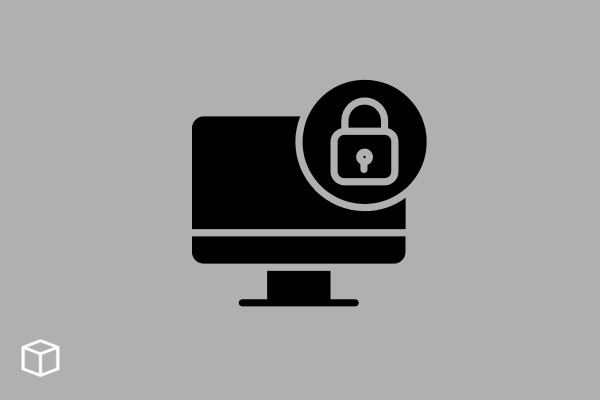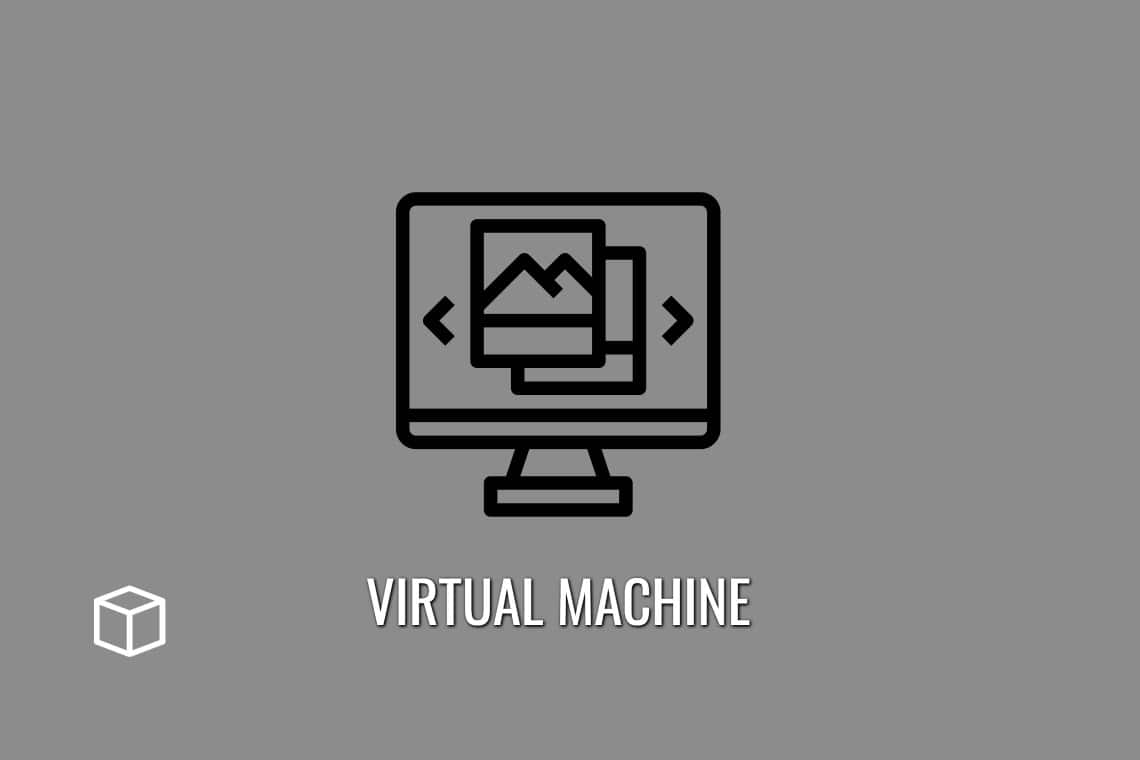A virtual machine (VM) is an emulation of a computer system. It consists of an operating system and the necessary programs and data for it to function like a real computer.
A virtual machine runs as an application on a physical host machine and its guest operating systems execute applications as if they were running on independent physical machines.
In this article, you will learn about virtual machine in detail, how it works, uses and its benefits etc.
So let’s begin!
What is a Virtual Machine
A virtual machine (VM) is a software emulation of a physical computer system that executes programs like a real computer.
The VM is composed of virtual hardware, which is made up of the components that are usually found in physical computers. This includes at least one central processing unit, some memory, and an input-output system consisting of one or more peripherals.
The VM can also be running on top of other operating systems. These are the well-known examples of guest operating systems. These are either emulated on top of the host operating system or executed as processes within it.
How does a Virtual Machine work?
A Virtual Machine, also abbreviated as VM, is a computer hardware emulation of one machine by another.
The host machine’s operating system will see the emulated system software as self-operating so that any operation or program can be run in it. This way several different systems can exist on host at the same time without any interference.

If you need to get rid of your old operating systems to upgrade to newer versions, this is no longer an issue with VMs because each guest OS would have its own virtual machine designates for them.
Each guest OS doesn’t have to work on the same physical space occupied by host machines and therefore won’t cause problems when upgrading or downgrading between different versions of an operating system that runs on a VM.
What are VMs used for?
Virtual Machines are used for many things. VMs are most commonly used to run applications in a container without them interfering with one another, or running an operating system in a virtual environment.
An example of this would be when you have the option to change the “boot order” on your computer to boot from a different drive. For instance, you can choose to boot from your hard drive when your computer normally boots from its CD-ROM drive.
VMs are also often used for testing purposes, or to test new software without messing up the host system. Other common uses for VMs include sandboxing an application, running “old” applications in a compatibility mode without having to reboot into different operating systems, and even simply playing around with other people’s work in a virtual environment while avoiding copyright infringement.
All in all, Virtual Machines provide a great deal of benefits for many different scenarios and use cases.
However, the downside to all this convenience is that when you share or transfer your Virtual Machine image file, it’s possible that others could gain access to any information that was saved on the VM at one point in time.
This is particularly problematic if, for instance, you were using the VM to test payment information or account credentials.
What are the benefits of using VMs?
- You can run multiple operating systems at the same time.
- You’ll be able to try out different software without jeopardizing your machine’s system.
- No more worrying about installing updates on your computer and not being able to use it for a few hours.
- No more worrying about viruses and malware.
Why should businesses use Virtual Machines?
Virtual Machines are really important for businesses to use.
They can allow companies to run different programs at the same time, which saves on the amount of money that they’ll spend.
It also allows them to save on space because they won’t need as many computers or servers. Virtual Machines take up a lot less space and use a lot less electricity than normal computers do.
Disadvantages of Virtual Machines
The major disadvantage of VMs is that they can be easily corrupted and typically consume a lot of CPU and memory power.
This, in turn, increases the cost of using them because more hardware is needed. This creates an increased cost on both the client and the company itself.
Container vs Virtual Machine
A container is a piece of software that provides an isolated, resource controlled, and portable environment. A virtual machine is a hardware implementation of a machine in which a program can be executed.
Which Powershell cmdlet can be used to start a Virtual Machine?
The Start-VM cmdlet starts a virtual machine.
Why is my Virtual Machine so slow?
This often occurs when you are running the wrong operating system on your hardware or haven’t configured Virtual Machine properly.
Configure the virtual machine with the same (or similar) version of operating system and check to make sure both hardware and software continue to run smoothly after performance improves. This is one way that VMs can be used as a “sandbox” or testing environment, without risking any larger machines or networks.
What types of operating systems are allowable as Virtual Machine?
Windows Server 2012, as many instances as license allows.
Windows Server 2012, as well as recent down-level servers like Windows Server 2008 and Windows Server 2008 R2, are available.
Several Microsoft and non-Microsoft operating systems, including CentOS 6.0-6.2, Red Hat Enterprise Linux 6.0-6.2, and SuSE Linux Enterprise Server 11 SP2.
How to delete a Virtual Machine?
To remove a virtual machine from the host computer, right-click its name in the Favorites list and choose Delete from Disk; or pick the virtual machine and choose VM > Delete from disk.
What feature must you enable on a Virtual Machine to use RDP functionality?
Enhanced Session Mode.
Which type of virtual network should you create if you want a completely isolated test environment for a virtual machine?
Private.
What type of virtual network should you create if your virtual machine should be able to communicate with the Internet?
External.
You Might Also Like
- What is Google Cloud Platform?
- What is Internet of Things and how it works?
- What is VoIP and how does it work?
- What is API and how does it work?
- What is Coding and how does it work?
- What is a Payment Gateway and how does it work?
- What is a Router and how does it work?
- What is Cloud Computing and how does it work?
- What is Cyber Security and how does it work?
- What is Salesforce and How does it work?





